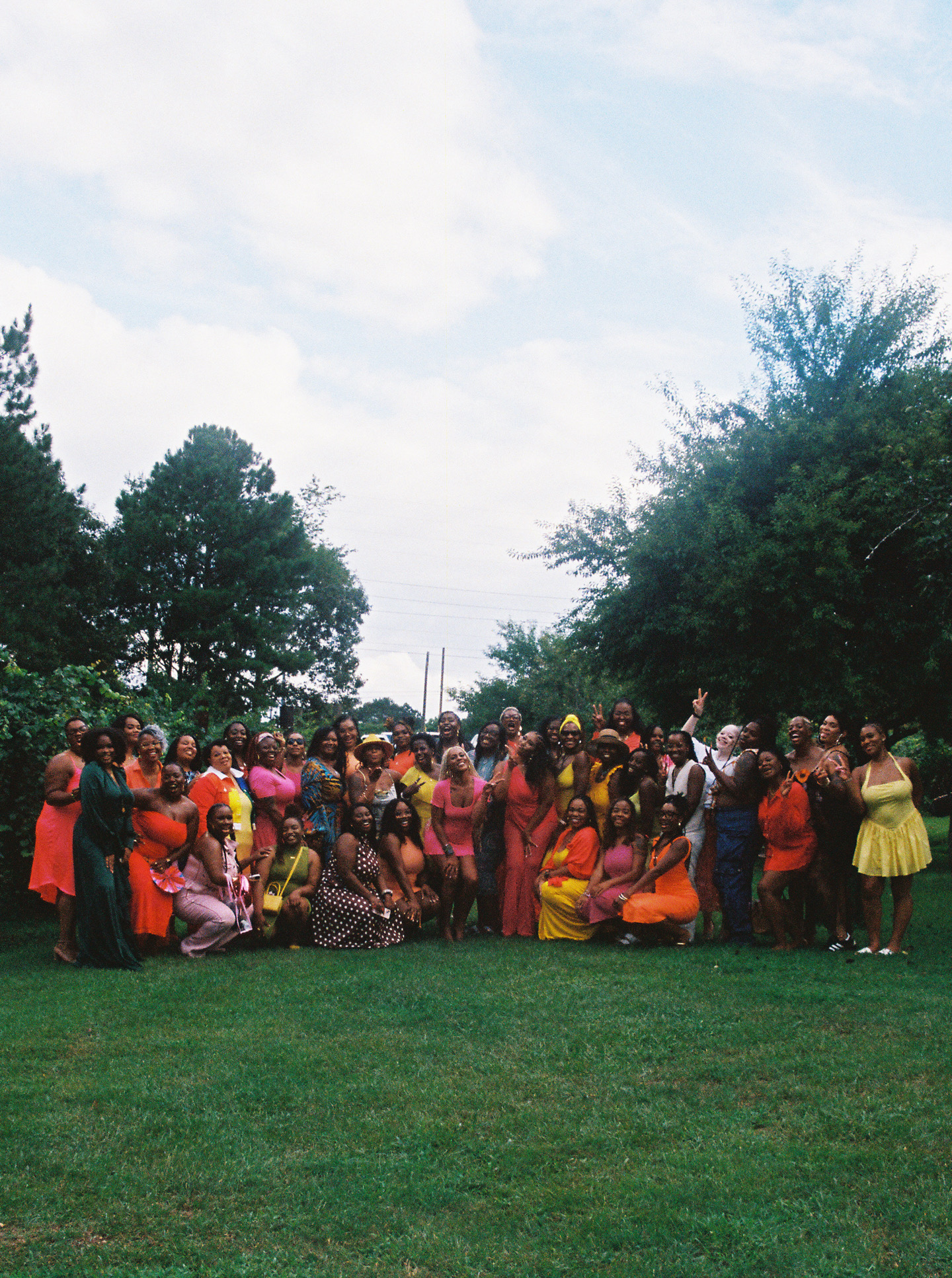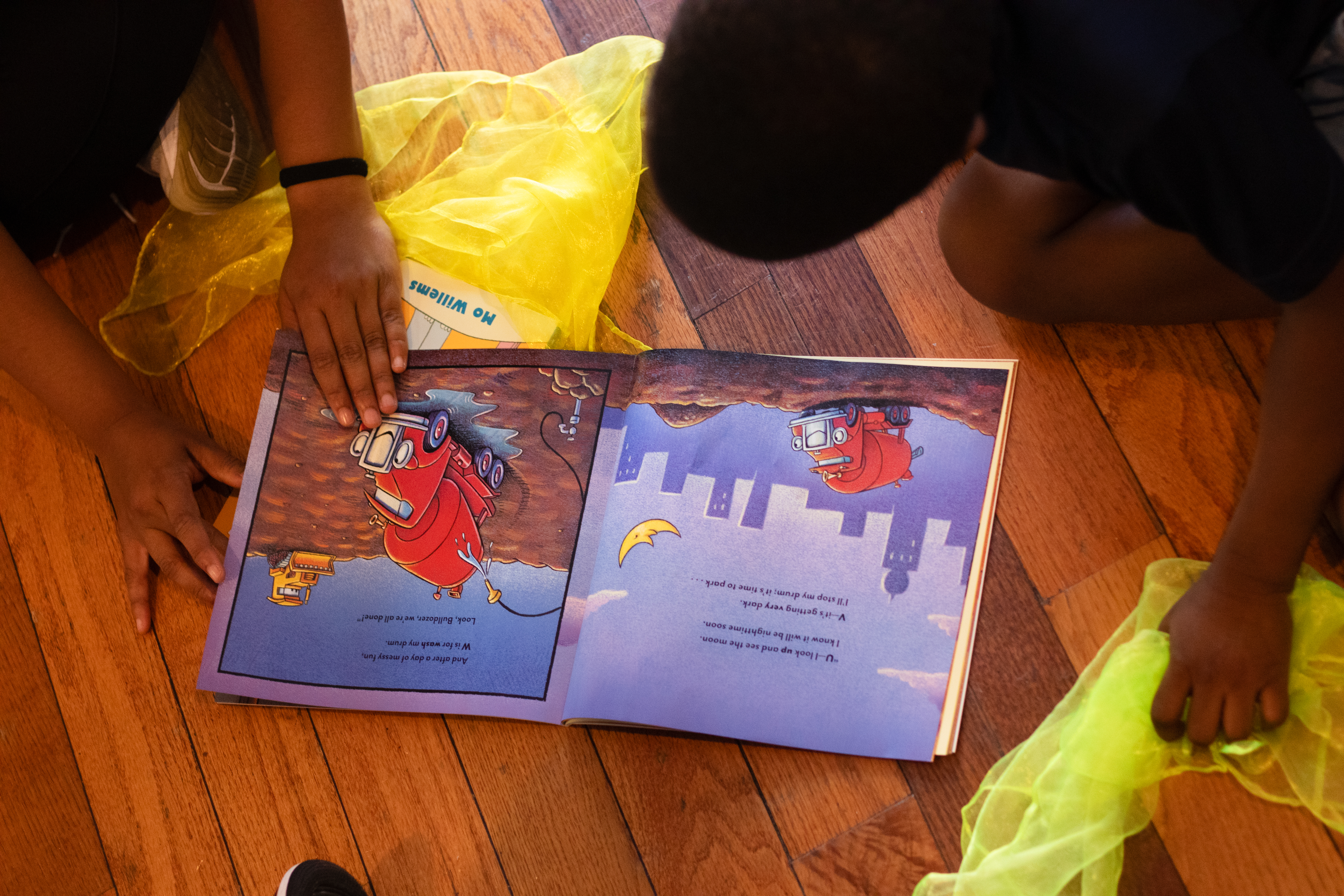What Happens to Chinatown Now?
The collapse of the Sixers’ proposed arena in Chinatown was a foreseeable disaster.
The collapse of the Sixers’ proposed arena in Chinatown was a foreseeable disaster. The project was flawed from the start, a textbook example of poor urban planning priorities and a city government too eager to back a deal that was never going to work.
Now that the deal is dead, the question remains: What happens to Chinatown?
Let’s start with the money. The city, in its desperate push to make this arena happen, spent untold sums on studies, public meetings, and bureaucratic maneuvering. The Sixers spent millions themselves, hiring lobbyists and running PR campaigns. And yet, it all came crashing down because the fundamental problem remained: no one asked whether the people who live and work in Chinatown wanted an arena in the first place.
For months, community groups made it clear that they opposed the plan. Residents worried about displacement and the loss of one of Philadelphia’s most vibrant cultural hubs. Business owners feared skyrocketing rents and a shift in clientele that could make survival impossible. Even prominent urban planners warned that the economic benefits of stadiums are wildly overstated. A study by the Brookings Institution found that sports arenas “typically do not increase overall economic activity” and often fail to deliver on the promised job creation.
As I’ve written before here at The Philly Download, this isn’t just a Philadelphia problem. In city after city, stadium deals get sold as engines of economic revival but instead end up enriching developers while leaving local taxpayers on the hook. Consider Washington, D.C., where Nationals Park was supposed to revitalize the surrounding neighborhood. While development followed, much of it was luxury housing and chain restaurants that did little to serve the needs of long-term residents.
Philadelphia dodged a bullet. But that doesn’t mean the problem goes away. Market East remains underdeveloped, with empty storefronts and a lack of cohesive planning. It’s a part of the city that needs attention, but the next attempt to revitalize it has to be smarter, fairer, and actually benefit the people who already live and work there.
So Here’s What City Officials Can Do to Help Chinatown
Recognize that Chinatown can be an economic powerhouse in its own right.
Chinatown does not need to be “saved” by outside developers; it needs to be supported. That means investing in small businesses rather than massive projects that reshape the area without community buy-in. The city could create targeted grants and loans to help Chinatown businesses recover from the economic strains of the pandemic and rising rents. The district has become a patchwork of disconnected retail, office space, and transit infrastructure. One major problem?
Address the Lack of Foot Traffic
The city could follow the example of other major urban centers and reimagine vacant commercial space as mixed-use developments that incorporate affordable housing. Look at New York’s Midtown South, where officials have encouraged office-to-residential conversions. Philadelphia’s downtown vacancy rates are high enough that a similar strategy could work here.
The area already has key infrastructure with Jefferson Station and access to multiple transit lines, but it feels more like a pass-through than a destination. Cities like Copenhagen and Tokyo have successfully transformed their transit corridors by integrating public spaces, retail, and entertainment hubs that draw people in rather than push them away.
Focus on Building Up Arts and Culture in Chinatown
The city should focus on arts and culture. If there’s one lesson to learn from other cities that have successfully revitalized their downtowns, it’s that vibrant public spaces matter. The success of the Rail Park should be a model for Market East: take underused urban space and turn it into something that people actually want to visit. Imagine an expanded pedestrian-friendly corridor that integrates public art, performance spaces, and local markets instead of another lifeless mega-development.
The Sixers arena fiasco should be a lesson in how not to do economic development. Big sports projects rarely deliver on their promises, and the opportunity cost is enormous. What if all the political energy spent on that failed arena had been spent supporting existing businesses, revitalizing vacant buildings, and making Market East a neighborhood people actually want to spend time in? City leaders have a second chance to get this right. They should take it.





